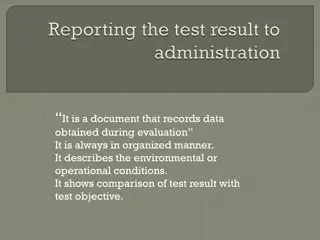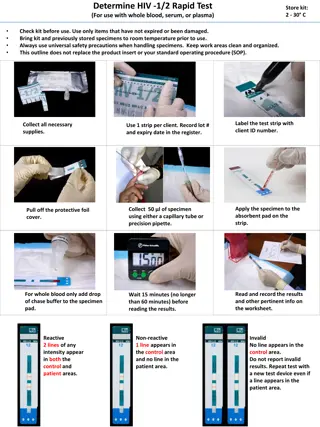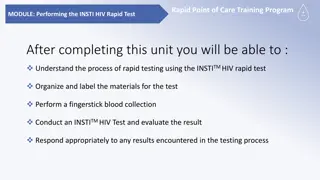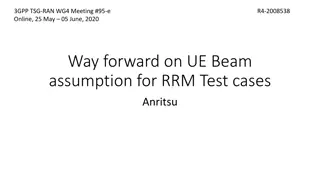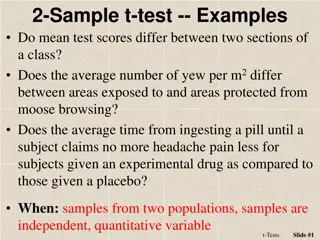
Graph Test Cases Generation and Use
Learn about the process of generating and utilizing test cases for benchmark graphs, including topics like planted L-partition models, LFR benchmark graphs, graph generation processes, and different generators used in LFR benchmark graphs. Understand the inputs required for generating graphs and how to run the program efficiently.
Download Presentation

Please find below an Image/Link to download the presentation.
The content on the website is provided AS IS for your information and personal use only. It may not be sold, licensed, or shared on other websites without obtaining consent from the author. If you encounter any issues during the download, it is possible that the publisher has removed the file from their server.
You are allowed to download the files provided on this website for personal or commercial use, subject to the condition that they are used lawfully. All files are the property of their respective owners.
The content on the website is provided AS IS for your information and personal use only. It may not be sold, licensed, or shared on other websites without obtaining consent from the author.
E N D
Presentation Transcript
GRAPH TEST CASES Test cases generation and use.
LFR Benchmark Graph Graph Generation Process LFR Output Graph Generato r Input
LFR Benchmark Graph Five different Generators LFR Generator Undirected, unweighted Undirected, weighted Directed, unweighted Directed, weighted Hierarchical
LFR Benchmark Graph -- Generator Input (Part 1) Inputs are the graph specifications. The components of inputs (take undirected, unweighted graph as an example) number of nodes average in-degree maximum in-degree mixing parameter minus exponent for the degree sequence minus exponent for the community size distribution minimum for the community sizes maximum for the community sizes number of overlapping nodes number of memberships of the overlapping nodes
LFR Benchmark Graph -- Generator Input (Part 2) Input format Example: we use flags to represent the components of input for undirected unweighted LFR Graph Generator -N number of nodes -k average in-degree -maxk maximum in-degree -mu mixing parameter -t1 minus exponent for the degree sequence -t2 minus exponent for the community size distribution -minc minimum for the community sizes -maxc maximum for the community sizes -on number of overlapping nodes -om number of memberships of the overlapping nodes
LFR Benchmark Graph How to run the program Step 1: Compile Navigate to the generator file directory Type in make and enter. Step 2: Execute Method 1: directly type in the parameters Example: ./benchmark -N 1000 -k 15 -maxk 50 -mu 0.1 - minc 20 -maxc 50 Method2: put all parameters inside the flag.dat file (RECOMMENDED) Example2: ./benchmark -f flags.dat -t1 3
LFR Benchmark Graph How to use the output graph. (Part 1/3) The program will produce three files (except for Hierarchical Graph): 1) network.dat contains the list of edges (nodes are labeled from 1 to the number of nodes; the edges are ordered and repeated once, i.e. source- target).
LFR Benchmark Graph How to use the output graph. (Part 2/3) 2) community.dat contains a list of the nodes and their membership (memberships are labeled by integer numbers >=1).
LFR Benchmark Graph How to use the output graph. (Part 3/3) 3) statistics.dat contains the in and out-degree distribution (in logarithmic bins), the community size distribution, and the distribution of the mixing parameter (in and out).
Notice For each test case provided, I put the generator executable file together with it, for future customization use. There are four most important files in each test cases: flag.dat, network.dat, community.dat, statistics.dat Do read the readme.txt file in each generator file if you have any problems!
In addition There are many other famous benchmark graphs! For getting those dataset, this link might help: http://www-personal.umich.edu/~mejn/netdata/ For getting those visualized graph: http://studiy.tu- cottbus.de/~clustering/evaluation:comparison_to_lit erature












